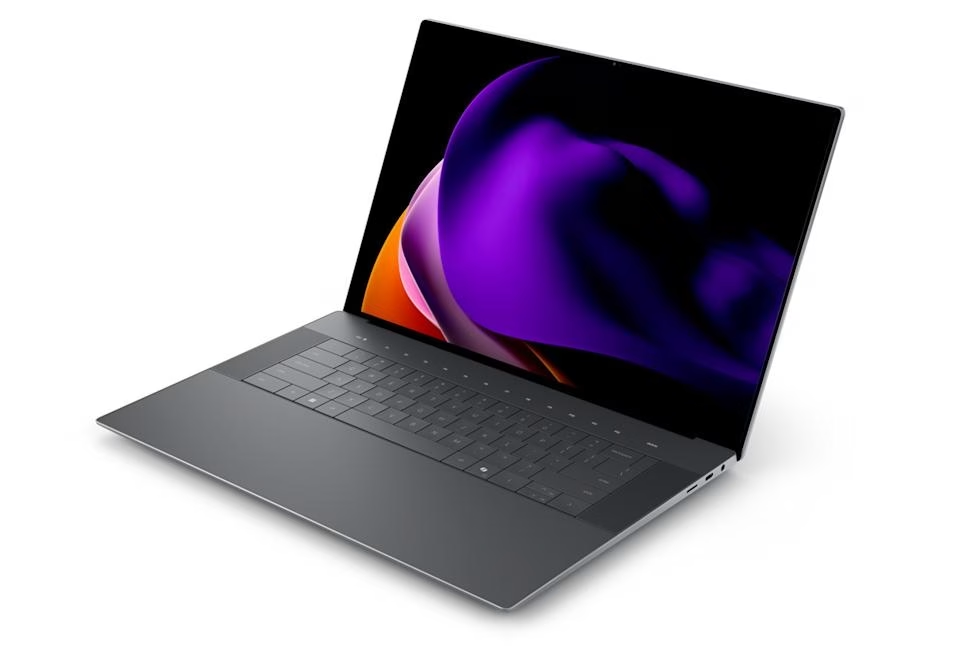The Premium Evolution: Dell's Bold Move Beyond XPS
It’s been a minute since Dell first hinted at retiring the venerable XPS brand, a move that, let's be honest, sent a ripple of concern through the tech community. For years, XPS has been synonymous with premium Windows laptops, a go-to for professionals and enthusiasts alike. So, when the news broke that Dell was officially launching its new "Premium" line — specifically the Dell 14 Premium and Dell 16 Premium — as direct successors, my ears perked up. And I imagine yours did too. This isn't just a simple rebranding; it's a strategic pivot, and one worth dissecting.
The End of an Era, The Dawn of... Premium?
But here we are. As of late June 2025, Dell has officially unveiled these new machines. The Dell 14 Premium and 16 Premium are now out in the wild, starting at a cool $1,649. This isn't just a concept anymore; it's reality. And the big question on everyone's mind, including mine, is: what exactly are we getting?
What's in a Name? Beyond the Branding Shift
Let's talk about the name first. "Premium." It’s certainly direct, isn't it? No frills, no fancy acronyms. It tells you exactly what Dell intends these machines to be. And in a way, it aligns with a broader trend we're seeing across the tech industry – a move towards simpler, more straightforward product naming conventions. Think about how many companies are streamlining their lineups. It makes sense from a marketing perspective, aiming for clarity over complexity.
Deep Dive: Dell 14 Premium and 16 Premium Specifications
So, what exactly are these new "Premium" laptops bringing to the table? From what we've seen, they're not straying far from the winning formula established by their XPS predecessors. And frankly, why would they? If it ain't broke, don't fix it.
Design Philosophy: Familiar Yet Refined
Under the Hood: Performance and Features
This is where the rubber meets the road, isn't it? The new Premium laptops are packing some serious punch. Key specifications include:
- Intel Core Ultra Processors: This is a significant upgrade. Intel's Core Ultra chips, with their integrated NPU (Neural Processing Unit), are designed to handle AI workloads more efficiently, improve power management, and deliver robust performance for demanding tasks. For anyone doing video editing, graphic design, or even just heavy multitasking, this is a welcome boost.
- 4K OLED Displays: Ah, the pièce de résistance. A 4K OLED display on a laptop is a game-changer for visual fidelity. Deep blacks, vibrant colors, incredible contrast – it makes everything from watching movies to editing photos an absolute joy. It's a true "premium" feature that justifies the name, if you ask me.
- Long Battery Life: While specific numbers will vary with configuration and usage, the focus on efficiency with the new Intel chips suggests Dell is aiming for all-day battery life. That's crucial for portability and productivity, especially for those of us who often work on the go.
The starting price of $1,649 puts these squarely in the high-end laptop market, right where the XPS used to sit. It’s competitive, certainly, but it means Dell is confident in the value proposition these machines offer.
The User Experience: Who is This For?
Given the specifications, it's clear Dell is targeting the same demographic that flocked to the XPS line: creative professionals, power users, and anyone who demands top-tier performance and a premium build. These aren't just everyday web-browsing machines. They're built for heavy lifting, for rendering, for coding, for design.
Will existing XPS loyalists make the jump? I think many will. The core experience seems to be preserved, perhaps even enhanced. The rebranding might be a hurdle for some, a psychological shift, but the hardware speaks for itself. It’s like your favorite restaurant changing its name but keeping the same chef and menu. You might grumble a bit, but you'll still go for the food.
Looking Ahead: Dell's Premium Play
Dell's introduction of the Premium line is a calculated risk, but one that seems grounded in solid product development. They're aiming to maintain their strong position in the premium laptop market, and by retaining the high-end features and design language of the XPS, they're giving users a familiar, yet updated, experience.
The challenge, as I see it, will be in establishing the "Premium" brand as equally prestigious as "XPS" was. It's not just about the specs; it's about the perception, the community, the legacy. But if these machines deliver on their promise of performance and quality, I don't see why they couldn't succeed. Dell has a strong track record, and this move, while bold, could very well solidify their future in the high-end laptop space. It’s an interesting chapter, and I’m keen to see how it unfolds.
